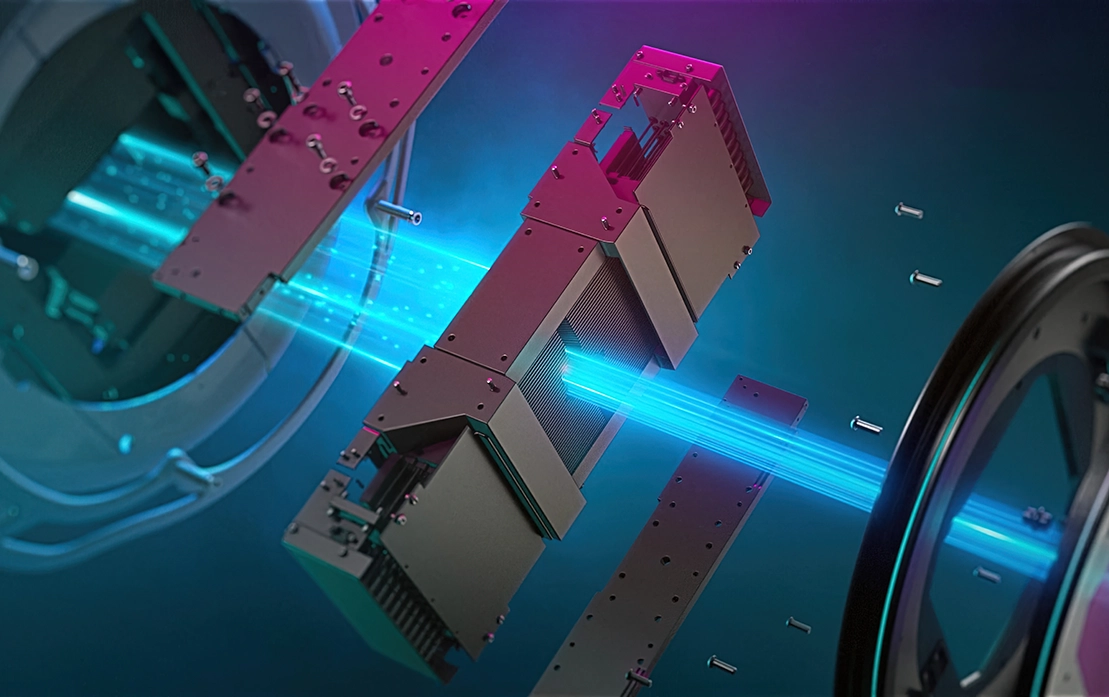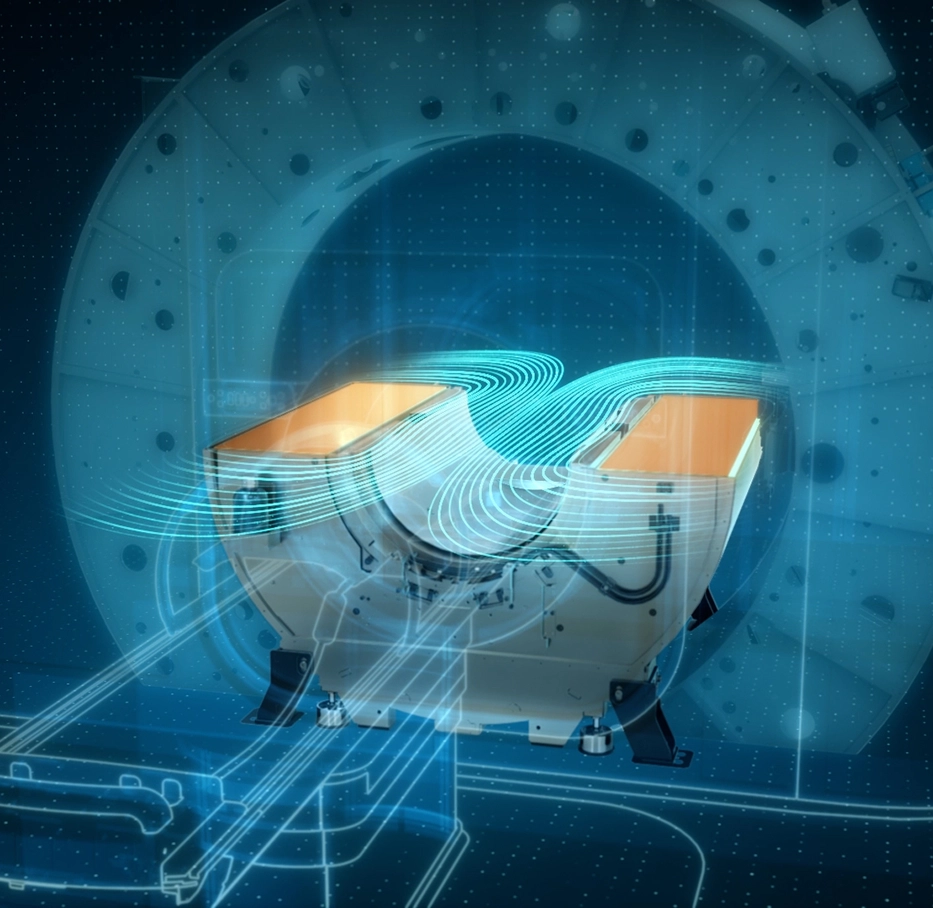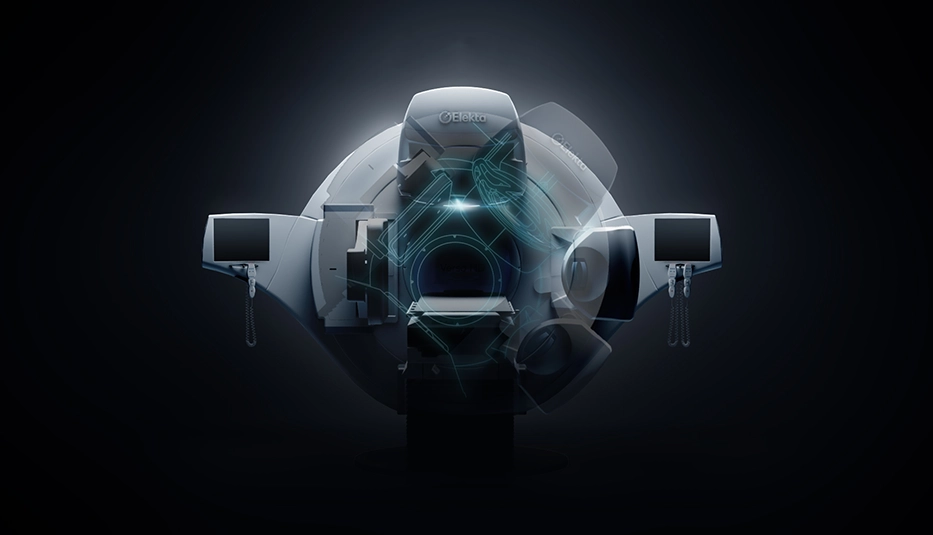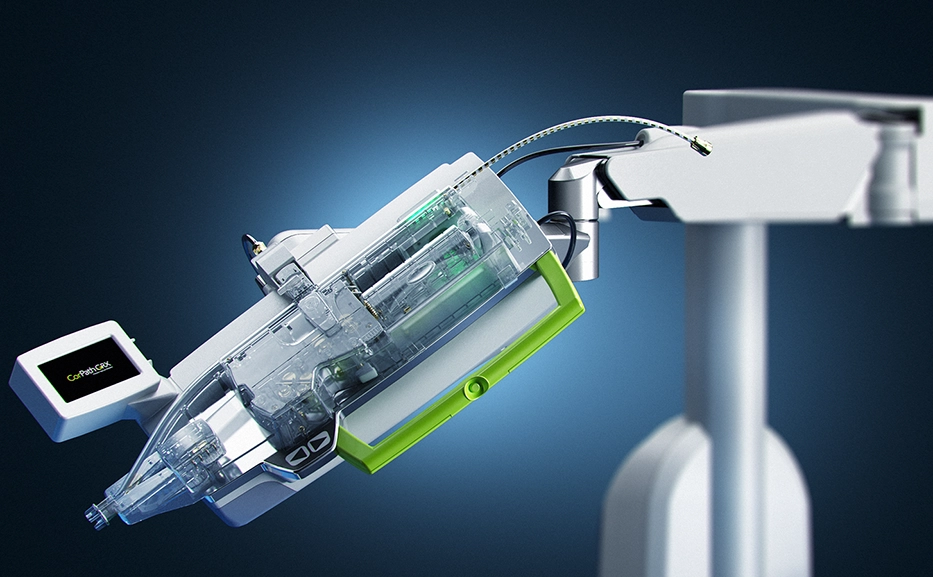 How the Right Visual Content Will Turn Medical Device Prospects into Buyers
How the Right Visual Content Will Turn Medical Device Prospects into Buyers
Meta: Learn which visual content best converts medical device prospects into buyers including webinars, video, branding and more.
One of the best ways to increase brand recognition for medical devices is through highly visual content. Our brains are hard-wired to pay attention to visual content over virtually anything else. When done right, the prospect can even visualize the end result before ever even having purchased the device, lending more power to your sales and marketing campaigns.
But how do you even reach this point? And what kind of visual content converts medical device prospects into buyers? Let’s take a closer look.
What Differentiates the Device’s Manufacturer from its Competitors?
A surgeon or physician’s work rests on two things: their skills and their knowledge of the machines and devices they’re using. Many medical device companies insist they have the latest technology, the best after-sales service or are the most affordable. No one brand can “own” these statements, however, it’s very likely that established brands have already built up a reputation to dominate the market from a certain angle. That means trying a different approach.
Traditionally, medical device companies are not the most well known for having strong, memorable brands. For example, people know Johnson & Johnson, but they know them from their consumer-facing products, not their Ethicon medical device brand. As such, it’s up to the brand to bridge the gap and connect with its target audience on the values and principles that it embodies.
That’s also not to say that those principles and values won’t ever change. A company that launches in the medical device market as the most affordable alternative to a larger brand can eventually find their own footing as they cultivate their own angles and unique sales propositions.
The key vehicle in doing all of that? Visual content. But what kind of visual content moves the needle? Here’s what our years of experience have shown us:
Online Ads and Social Media
In a world wracked by COVID, face-to-face meetings and trade shows have evolved into a type of hybrid meeting. The pandemic forced many people to do the bulk of their research online. Having everything at your fingertips has its benefits, making it more important than ever for medical device companies to rank well in the search engines and have a social media presence.
Hybrid meetings offer the best of both worlds in a virtual space where traditional confines are removed and participants are free to ask questions, collaborate and plan together without real-world restrictions. Oftentimes these hybrid meetings are split from one person disseminating information to many, which then go on to form small breakout groups or pods. Hybrid groups can be extremely beneficial and be customized to align with your business goals, making them an excellent option that delivers the best of both worlds.
In both ads and on social media, reputation is second to none. That’s why it’s so important to demonstrate your commitment to quality and excellence by incorporating mentions of your device in medical journals, case studies, prestigious hospitals or clinics using your brand and more. Doing so with high quality visuals allows your brand to stand out among competitors and keeps you front-of-mind as prospects research and learn more about your device.
Webinars and Presentations
Webinars and presentations, done right, can strengthen your brand and set your device apart from the crowd. Instead of just getting together a list of attendees to market to and build your list, a webinar allows you to dig deep into the areas where prospective buyers are most concerned as well as any underlying myths that have made them hesitant about making a purchase.
With a webinar, you’re branding yourself as an authority and using your evidence, as well as high quality visuals, to back up your statements. Using facts, figures and other data, you’re positioning your brand as a recognized expert and seeking to help prospects make a decision with confidence. By including a feedback survey at the end, you can gather valuable feedback about the presentation and the product, which can further allow you to refine your approach or the device itself, and it costs you nothing to ask.
As part of your webinar, you can also open the floor to questions. It doesn’t have to be a one-way communications street. In addition, this helps further cement your brand as an expert in the field. Bringing on other thought leaders, incorporating testimonials from other buyers and other experts in the field only strengthens your proposition.
And last, but certainly not least, such a webinar presents your brand as one that is trustworthy and reliable. You’re investing your time in helping buyers better understand the nuances of your device and how it works, as well as how it can help them help more people. As such, you become more accessible, offering guidance and support. This shows that you not only support your product, but your purchasers as well, and that long-term relationships matter.
To that end, make sure that your webinar visuals are crisp, detailed and professional. People will judge a presentation by its cover, so taking the time to make your visuals top-notch will also have a ripple effect on your brand as a whole.
Leverage Your Brand Purpose
What is your brand purpose? It may seem similar to your mission statement, but your brand purpose is why your company exists while your mission is how you go about achieving that goal. These days, a brand without a purpose is a brand that’s quickly forgotten. The fact is, consumers want to support and align with businesses that share their goals.
If, for example, your medical device allows type 2 diabetes to more conveniently check and manage their blood sugar, it stands to reason that your brand purpose would be aligned with helping patients to live a freer, more spontaneous life and enjoy the moment, rather than wondering or worrying about how their blood sugar is reacting. As such, your device integrates perfectly (and purposefully) with your brand, creating a cohesive vision that customers can support and align themselves with.
A brand purpose can also allow a medical device company to enter into new markets. It doesn’t take much to align that same purpose, for example, toward the pediatrics market and helping children who struggle with these same problems to live a more healthy and carefree life. .
Incorporate Video
Last but certainly not least is the use of video in helping to boost the sales of medical devices. Over 90% of our daily interactions are visual in nature. For this reason, prospects who view a video are more likely to make a purchase than those who simply read text.
In addition, a video is over twice as likely to appear at the top of Google’s search results. But videos go well beyond search engine optimization. By leveraging videos on your social media, landing pages, email campaigns and other strategies, you’ll be able to convert far more prospects than having them read a lengthy, text-heavy blog post.
Many medical device companies have long relied on print materials to do the heavy lifting of selling for them when they can’t always be in front of a purchasing decision-maker. In the past, materials like flyers, comparison charts and brochures helped seal the deal. With so much more research and so many studies available online, the decision-making process has moved online, where things like customer reviews and testimonials, digital whitepapers and reports are now the catalysts that help propel decisions.
Leveraging Analytics
Incorporating these types of assets as part of an overall marketing overhaul is not just a smart strategic decision, but it also allows medical device companies to leverage detailed analytics about who is accessing and consuming their content. Through rich digital media, like 3D animations, live presentations and video, medical device manufacturers are able to see how attentive users are, how much of their content was consumed and what the drop-off rate was.
This allows them far greater insights into how they need to proceed in order to keep buyers engaged. Compare this to, for example, a downloadable PDF. You can track the number of times such a file is downloaded, but there’s no way to know how much of it a user read or whether or not it’s sitting on their hard drive gathering digital dust.
Visual marketing collateral that can be tracked also leads to better, data-backed marketing decisions. Leveraging 3D animation in the middle of a webinar, for example, allows the medical device manufacturer to accurately and precisely illustrate the function of a specific part when asked during a live Q & A session, giving a wealth of insights to key purchasing decision-makers in a way that a static PDF or other text simply can’t compare to.
Static images are quickly being replaced by rich media content known as Micro Content. This micro content is having a direct impact on the medical device industry as it allows you to showcase your device in a more full-featured way, zooming in or highlighting specific features without taking away from the original context.
Micro Content Video Snippets
Micro content serves to cultivate interest and pique curiosity through small but substantial video snippets. For the medical device industry, some examples could include:
- A teaser for a product launch on social media
- An attachment in an email or during a webinar to generate interest
- A “highlight reel” at a virtual email that engages the audience without showing the entire production
- Specifying different features during a Zoom meeting (using our advanced VidiPlus software!)
Visual Content for Every Stage of the User Journey
It’s easy for medical device companies to fall into the trap of lumping all visual content together as a marketing silver bullet, but different types of content are needed depending on where the user is in their decision-making journal. For example:
Awareness – The buyer is made aware of your brand and wants to know how you can help them. Webinars, videos and advertorials can do a great deal to help nudge them toward the next stage.
Interest – At the interest stage, the buyer believes your brand could help them, but needs more information. This is where having a visualization of data comes into play. Having comparison charts, case studies and whitepapers as well as testimonials and reviews help lead them to the evaluation stage.
Evaluation – The buyer is evaluating your brand on different factors that are most important to them which could be anything from compatibility to price and everything in between. This is where content tailored to those points you crafted earlier when designing your brand purpose will come into play.
Engagement – Medical device purchasing decisions aren’t made on a whim, which is why you’ll need to keep your brand front-of-mind with engaging content that further reinforces why your device is the best option. Videos, webinars and case studies followed by reviews and social proof will be the most valuable at this stage.
Action – The buyer takes action and makes a purchase! But your work is still not done, because that then leads us to the last stage:
Retention – Once you get a customer, you want to keep them for life. Not only is it cheaper in the long term, but it’s much easier to remarket to an existing customer than trying to convince a new one to make a purchase. You can retain customers by continuing to update them about new case studies of client successes, after-sales service, follow-up webinars demonstrating new techniques or updates and other relevant types of content.
The Bottom Line on Visual Content that Converts
As you can see, having the right kind of visual content at the right moment can make all the difference between being a brand that’s easily forgotten, and being a brand that people recognize and actively seek out. To help, our expertly-crafted 3D animations, impactful videos and carefully-constructed models can help take your device to an entirely new level. Contact us today to learn more about how we can help you better market your medical devices using the best types of visual content for your needs.






"Arcreative brings a wealth of expertise to the medical device field. They were a great partner to us, particularly their ability to come on board quickly, pick up on a complex product with lots of messaging and intricate technical knowledge and produce a video that is intuitive and beautiful. We couldn't be happier with the product."
Haley Chute, Senior manager, global marketing Cardio Focus